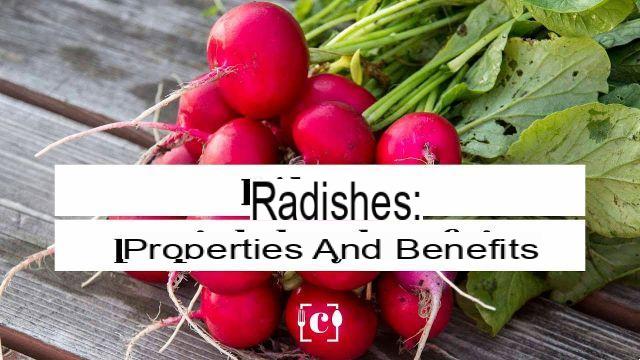
Horseradish (Armoracia rusticana), also called horseradish or horseradish, is a perennial herbaceous plant of the Cruciferous family. It is native to Eastern Europe and it grows in humid and cool environments, for this reason, in the country it can also be found in the wild, especially near waterways.
The root is used in cooking, with a pungent flavor and excellent properties, including antibacterial and anticancer properties. Let's find out what the other benefits are and how to use it!
- Horseradish properties
- Calories and nutritional values
- Contraindications of horseradish
- How is horseradish root used
Horseradish properties
Horseradish root is rich in nutrients and properties beneficial to health. Here are some of them:
- antitumor: some special molecules (glucosinolates and isothiocyanates) inhibit the growth of cancer cells and promote their death.
- Antioxidant: rich in antioxidant molecules, including sinigrin, it counteracts the activity of free radicals, reducing the risk of chronic diseases such as cancer, diabetes 2 and cardiovascular diseases.
- Antibacterial: allyl isothiocyanate, an oily liquid contained in horseradish and responsible for its pungent taste, counteracts the growth of numerous bacteria, although the mechanism of action is not yet well known.
- Digestive: promotes digestive processes by stimulating the release of bile from the gallbladder.
- Depurative: promotes diuresis, improving the elimination of toxins and water retention.
- Relieves colds and breathing problems.
Horseradish among the natural remedies for colic problems: discover the others
Calories and nutritional values of horseradish
100 g of horseradish provide:
- 48 kcal
- 1,2 g protein
- 0,7 g fat
- G carbohydrates 11,3
- Sugars 8 g
In addition, horseradish contains moderate amounts of calcium, potassium, folate and vitamin C.
Controindicazioni
There are no particular contraindications in the use of horseradish, however, having a pungent taste, excessive consumption could irritate the mouth, nose or stomach.
It should, therefore, be consumed with particular care in case of gastritis, esophagitis, inflammatory diseases or gastrointestinal disorders.
How is horseradish root used
From spicy flavor, the horseradish root is mainly used to flavor dishes.
Grating it e combining it with vinegar, sugar and salt you get a horseradish sauce, also known as salsa cren, useful to accompany meat or fish dishes.
It can be used grated in marinades for meat and fish or in the vegetable sauce in pinzimonio.
It is used to prepare wasabi sauce, traditional green sauce that accompanies Japanese dishes, with a strong and decisive flavor.
READ MORE
Horseradish among the ingredients of deflating herbal teas
More articles on horseradish
-
Horseradish is one of the natural remedies for skin blemishes
-
Horseradish: cultivation and uses of the spicy root
-
Horseradish, how to cook it
Bibliography and sources
Horseradish, Antioxidant Properties of Spices, Herbs and Other Sources
The Epigenetic Impact of Cruciferous Vegetables on Cancer Prevention, Current Pharmacology Reports
Extract from Armoracia rusticana and its flavonoid components protect human lymphocytes against oxidative damage induced by hydrogen peroxide, Molecules
Isothiocyanates: An Overview of Their Antimicrobial Activity against Human Infections, Molecules
Efficacy and tolerance of a herbal medicine with nasturtium and horseradish for acute sinusitis, acute bronchitis and acute cystitis compared to other therapies under the conditions of daily practice, Drug Research
FoodData Central - USDA
1,000 Foods to Eat Before You Die: A Food Lover's Life List, Mimi Sheraton


























